It can be confusing to sort through all of the options and every quilter has different needs so I'm going to go over the basics and some of the most requested features. Of course you may have additional requirements but this is a good "get started" list. Do lots of research and read my advice but ultimately choose the quilting machine that you think will meet your requirements and make you a happy quilter.

What To Look For In A Quilt Machine
by fitzcharming
If you're looking for a quilting machine that is suitable for home use you will find some tips on how to choose your machine here.
Determine Your Overall Sewing Machine Needs
Buy The Best Machine You Can Afford
First, I recommend buying the best you can possibly afford. Do your research and if you think there is any possibility you will need a specific feature in the future try to include it on your list. You can expect to have your quilting machine for years to come and you don’t want to go for a great bargain now if it’s not going to have what you need a year from now. You will regret it. Having said that, it’s a good idea to shop around for the best price and the largest number of included accessories. Try to get the most value for the money you spend.
Make Sure The Quilting Machine Feels Right - Try It Out
Second, remember this is a machine that you have to feel comfortable with. Quilting involves many repetitive tasks so make sure the machine feels right for the way you sew; think ergonomics that work for you personally. Also consider how you will be using your machine. Will you be using it for specialty needlework other than quilting? For example making clothes, or adding embroidery to fabrics? Make a list of the features you will need for each type of sewing and take it with you to a dealer to try out some machines. Test out several and narrow down the ones that are the easiest for you to operate. Ask if you can try out light, medium, and heavy weight fabrics. Find out which machines can be serviced locally. Your warranty will likely not last the life of the machine and you will need to know where to have it tuned up and repaired.
Standard Quilting Options In A Sewing Machine
Quilting Area And Free Motion Quilting
If you are a machine quilter you will likely be interested in free motion quilting. This requires the feed dogs to be retractable, so make sure there is a mechanism for lowering them easily. A sewing machine that has a large throat area (the area between the arm and the base) is a must for handling large areas of fabric. I recommend a minimum width of 9″. Also opt for a quilting machine with an extended table that can be attached if you are buying a portable machine. This helps hold a heavy quilt in place so there isn’t a gravity pull on the fabric while you’re sewing.
Portable vs. Permanent Quilting Machine Options
There are a couple of good reasons for choosing a portable machine. First, if you like to take classes at your local quilt shop you’re probably going to want to bring your own machine instead of using an unfamiliar one that the dealer supplies. Second, eventually you may decide to use your quilting machine with a carriage rail frame. There are several home quilting frames that have platforms to house a standard size quilting machine, allowing you to easily quilt the largest sized quilts.
A built in machine has advantages as well. Having a large surface area to spread out your fabric is a big plus if you have the space to accommodate a sewing cabinet. And storage drawers for keeping notions and accessories handy will keep you organized. There are many options for setting up your quilting space so dedicate some time to consider one that suits your needs.
Modern Sewing Machines Have Many Built In Features And Options
Sewing Stitches And Styles
Today’s computerized sewing machines have many different stitching styles. You can find stitches for garment construction, embroidery, appliqué, buttonholes, basting, and lots more. Make sure to test them out before you buy. Try the zig-zag stitch and also stitch backwards and sideways if applicable. If there is an LCD or programmable screen, make sure it’s understandable. Or at least make sure you understand the instructions in the manual. Also find out what each stitch is for and think about whether that’s something you are going to need. Often the more stitches available on the machine, the more expensive it will be. Try to find a happy medium that will work for you.
Here’s a short list of the things that I think are important in a quilting machine. Do your homework though, you may find there are additional things you can’t live without, especially if you will be doing more than quilting.
Automated Sewing Features
* Automatic needle threader
* Push button top and bobbin thread cutter
* Programmable needle stop position
* Auto adjust for heavier fabrics
More Nice Sewing Options
* Thread holder that accommodates cone threads
* Knee and hand levers for presser foot lifting
* Bright sewing light
* Foot controller to control stitching speed
* Metal gears – quilting is hard on a sewing machine and metal parts last much longer than plastic
Presser Foot Wish List
* General purpose foot
* Rolled hem foot
* Zipper foot
* Invisible zipper foot
* ¼” foot for quilt patchwork piecing
* Quilting foot
* Walking foot
Choose The Perfect Quilting Machine For Your Needs
You might also like
Singer 7469Q Confidence Electronic Quilting and Sewing MachineLooking for a computerized sewing machine that is affordable and has many of ...
Low To Medium Priced Computerized Sewing Machine ComparisonsReady to upgrade your trusty treadle? The newest computerized sewing machine...
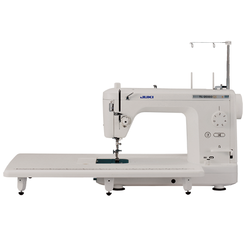

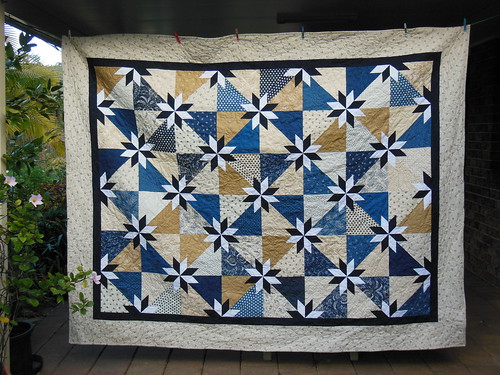
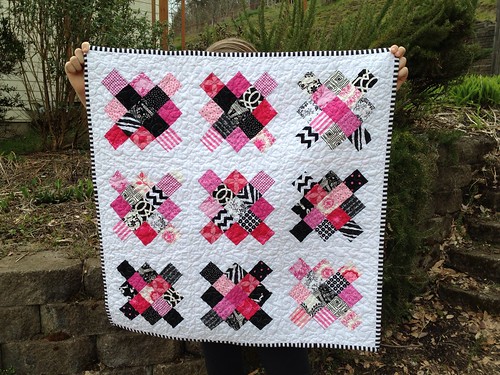
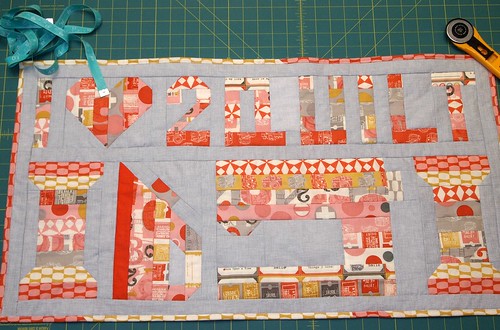



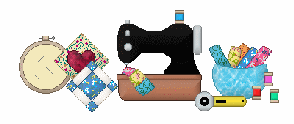

 Favorite Patchwork Quilt Pattern Bookson 10/10/2014
Favorite Patchwork Quilt Pattern Bookson 10/10/2014
 Cocktails | Soda | Coffee - Drinks To Honor National Candy Corn Day – October 30on 10/09/2014
Cocktails | Soda | Coffee - Drinks To Honor National Candy Corn Day – October 30on 10/09/2014
 Quilt Racks | Hangers | Clampson 10/07/2014
Quilt Racks | Hangers | Clampson 10/07/2014
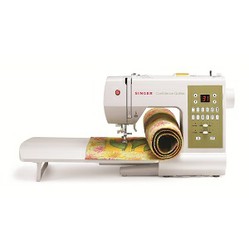
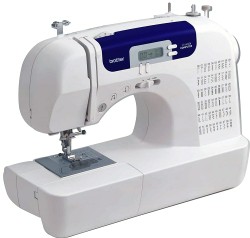
Are You A Hand Or Machine Quilter?
Thanks WriterArtist. I did a lot of research when I bought my sewing machine and decided to share.
Plenty of information for those who love quilting. It is amazing to see how much can be achieved from this small machine.